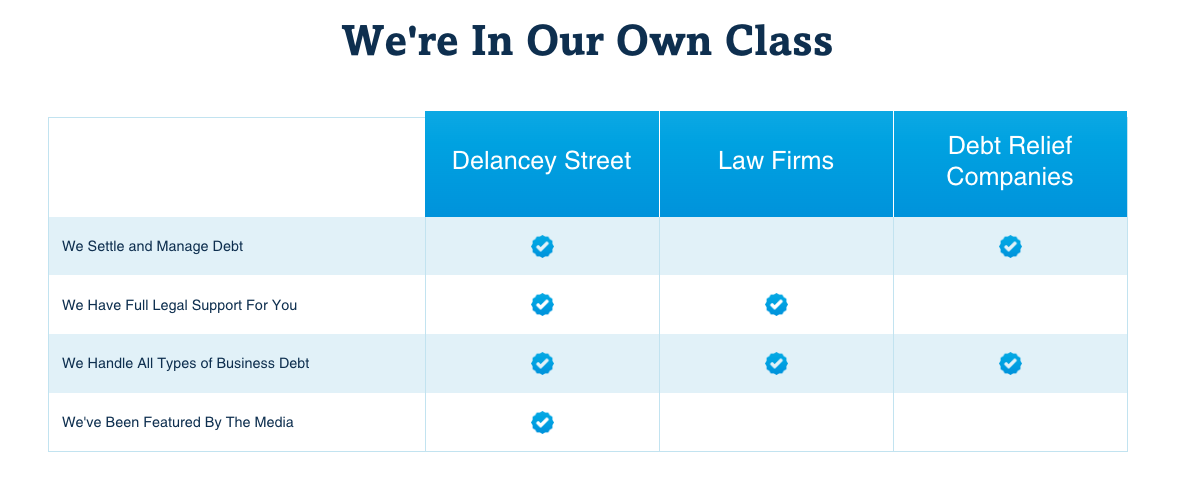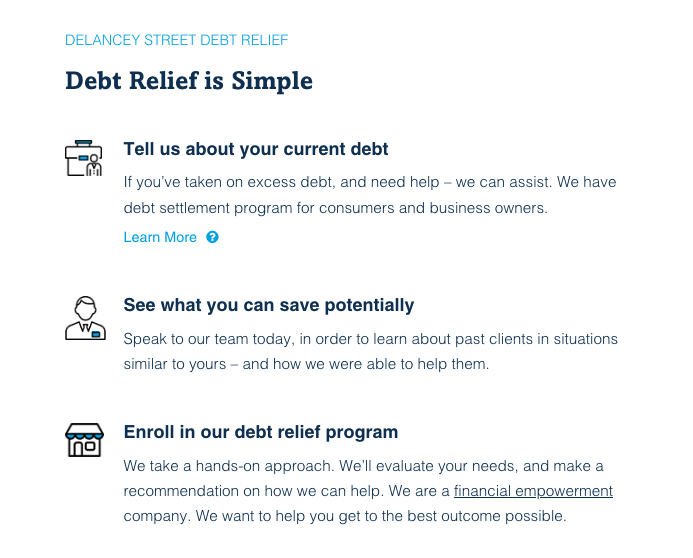The Key Elements of a Successful Debt Restructuring Plan
Dealing with overwhelming debt can feel scary and stressful. I get it – trying to navigate the legal complexities of restructuring debt is confusing. But having a solid plan in place is key to getting your finances back on track. In this article, I’ll walk through the core pieces to think about when creating your debt restructuring strategy.
Assess Your Current Financial Situation
The first step is taking a hard look at where you stand today. Gather up your recent bank statements, credit card bills, loan paperwork, and any other financial docs. Make a list of all your debts, who they are owed to, interest rates, minimum payments, and balances. This gives you a full picture of what you are dealing with.
 -
-Some key things to capture:
- Total debt amount across all accounts
- Monthly minimum payments
- Interest rates on each debt
- Income coming in each month
- Essential expenses like housing, utilities, food, etc.
Creating this debt snapshot allows you to see if your total monthly payments are more than you can realistically afford. If so, restructuring your debts may be necessary to avoid falling further behind.
Set Specific Goals
Next, clearly define what you want the outcome of your debt restructuring to be. This keeps you focused on the end goal. Be as specific as possible when setting objectives. Examples could include:
- Reduce total interest rates by X%
- Lower monthly payments by $X
- Pay off credit card debt within X years
- Build emergency fund savings of $X
Whatever your objectives are, write them down and use them to guide your restructuring strategy.
 -
-Know Your Options
There are a variety of options when looking to restructure overwhelming debts:
- Credit counseling – Non-profit agencies provide advice and negotiate with creditors for lower rates/payments. This article from NerdWallet offers a good overview of the credit counseling process.
- Debt management plans – Credit counseling agencies set up formal DMPs with creditors that clients pay into each month. Funds are distributed to creditors and loans may be consolidated at lower interest. Here’s a detailed look at how DMPs work.
- Debt consolidation loans – Borrowers take out a new loan product to pay off multiple high-interest debts at once. The new consolidated loan ideally has a lower interest rate. This thread on Reddit discusses the pros and cons of consolidation loans.
- Balance transfer credit cards – Specialty credit cards allow you to transfer high-interest balances from other cards and pay 0% interest for a set period, often 12+ months. Be sure to make payments on time and pay off the full balance before the 0% rate expires. More details on how balance transfers work here.
- 401k loan – Allows you to borrow against your 401k balance, which must be repaid at a set interest rate. Be cautious with this option, as failure to repay the loan damages your retirement savings. This article outlines 401k loan rules and considerations.
- Home equity loan – Secured loan against the equity built up in your home. This converts equity to cash to pay off high-interest debts. Be careful, as failure to repay the loan could put your home at risk. More on home equity loans and lines of credit here.
- Bankruptcy – Legal process for eliminating some debts entirely or setting up repayment plans. This guide from FindLaw covers the basics of personal bankruptcy.
Make sure you understand the risks and benefits of each approach before moving forward.
Consult the Experts
Navigating these debt payoff tools is complicated. Speaking with financial experts can help you determine the best path forward for your unique situation.
- Meet with a non-profit credit counselor to go over budgeting and create an initial action plan. Many agencies offer free consultations.
- Hire a debt relief attorney to advise on which debt solution aligns with your financial objectives. They can also represent you in formal legal proceedings if needed.
- Work with a CPA or financial advisor to optimize decisions around taxes, retirement accounts, investments and more.
Leaning on seasoned professionals ensures you make financially sound choices.
Negotiate New Terms
Now it’s time to contact creditors and negotiate revised repayment terms that meet your goals. Be reasonable but firm when asking for changes:
 -
-- Propose lower interest rates citing financial hardship – aim for lowest possible rates
- Request extended loan repayment timeline – ideally 10-15 years
- Seek reduced minimum monthly payments if needed
- Be prepared to offer lump sum payoff amounts at a discount
Back up requests with documentation on income, expenses and debts. Creditors want to know you are acting in good faith and the proposals are realistic.
If initial requests are denied, persistently follow up and ask to speak to supervisors. Be patient and keep negotiating – most creditors will work with borrowers facing genuine financial struggles.
Formalize the Agreements
Get any proposed agreements for reduced interest rates, payments etc. formalized in writing by creditors before assuming the deal is final. Verbal promises over the phone are not enough. Make sure to obtain official letters, contracts and documentation that confirm the new loan or debt terms.
 -
-Some key items the agreements should include:
- Reduced interest rates for each debt account
- Exact monthly payment amounts
- Due dates for first & future payments
- Terms for loan payment timeline (years until payoff)
- Fees for late payments or other violations
Carefully review materials, ensure you understand all aspects of the deals, and verify there are no surprises or unfavorable clauses included. Don’t sign anything until you are fully comfortable with the agreements.
Make Payments on Time
Once new repayment terms are formalized, it is critical to make monthly payments on time per the agreements. Even one late payment could negate hard-fought deals for reduced interest rates.
- Calendar all monthly due dates for ease of payment
- Set payment reminders to avoid accidentally missing deadlines
- Automate payments from bank accounts when possible
Consistently making on-time payments builds back your credit and proves you are committed to getting out of debt. This also positions you to potentially negotiate even better terms down the road.
Reassess Progress Periodically
Check in on your debt restructuring progress every 3-6 months. Revisit your original goals and assess if the agreements put in place are working to meet those objectives.
Some questions to ask during periodic progress reviews:
- Are total monthly payments actually lower now?
- Has total interest paid decreased as expected?
- Is debt being paid off on target timeline?
- Have any new debts been accrued that change the math?
Be honest if aspects of the deals in place need to be reworked over time. Continuing to negotiate revised terms that fit your evolving financial situation is key.
Reward Yourself as Debts Decrease
Paying off substantial debts while sticking to a tight budget is challenging. Be sure to celebrate progress along the way. As debts decrease per your objectives, redirect some monthly savings into self-care or fun treats (in moderation, of course).
Some small milestone rewards could include:
- Restaurant meal out
- Concert or movie tickets
- Weekend trip or staycation
- Massage or spa service
- Clothing item you’ve had your eye on
Avoid excessive lifestyle inflation as debts decrease. But moderate celebrations help sustain motivation on the multi-year journey to get your finances rebuilt.
Don’t Lose Hope!
Restructuring overwhelming debts can certainly feel overwhelming in itself. But developing a tailored strategy focused on your specific financial goals is key to success. With a deliberate approach to assessing your situation, negotiating new repayment terms, and sticking to the agreements long-term, you can absolutely get your money back on track. It takes patience and discipline, but you’ve got this!
There are lots of free debt relief resources available if you need guidance or support along the way. And don’t be afraid to celebrate small wins – you deserve it! Here’s to a brighter financial future.







